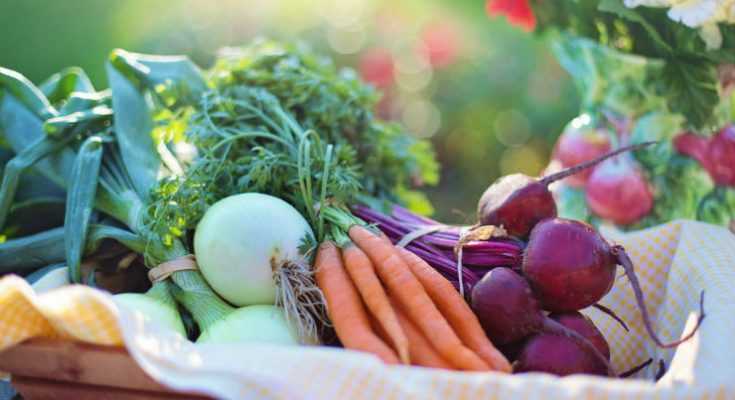Growing a Fall Vegetable Garden

As summer winds down, we usually start to shift our focus to get the leaf blower, chainsaw and other tools ready for the fall season. In terms of produce, we are preparing for canning and freezing the summer harvest without much more thought of planting. But fall is a great time to start a garden of leafy green vegetables, cauliflower, carrots, and more. But to get those seedlings started and ready to plant, we must start planning before that summer sunshine disappears.
Start Seedlings
Fall garden planting times vary depending on the region of the country. Find out what the average first frost date is and then count back 12 weeks. That is when it is time to start seed indoors.
Broccoli, Brussels sprouts, cabbage, cauliflower, and kale germinate better indoors compared to when they are sown directly into the ground.
Once they are three weeks old, they can be set outside for a few hours on a cloudy day, then gradually exposed to more heat a little each day.
Be sure not to let them sit in the hot, dry sun immediately or they will wither. However, they do need to be planted into the ground before the summer heat and sunshine moves out completely.
Cabbage grows very slowly, so be sure not to wait longer than 12 weeks before the frost date to plant, or the frost could get to the harvest first.
Help the Soil
As always, try working in some compost or a natural fertilizer, such as manure, into the soil before planting if there is time.
Planting a fall garden also helps maintain the soil’s fertility and can also help keep weeds from taking over.
Mentioning weed prevention, it may worth to consider the installation of a form of weed barrier that prevents new weed growth.
Cooler fall temperatures help make fall veggies sweeter.

This is also a good time to experiment with less popular vegetables like Crunchy Chinese cabbage, rutabaga, Swede turnips, and corn salad.

Some rustic greens such as arugula, mustard, and turnips produce wide leave that cut down on photosynthesis for weeds while also recycling nutrients back into the soil.
Autumn Herb Gardens
Autumn is also a great time to start growing an herb garden. Parsley, sage, rosemary, thyme, cilantro, lavender, mint, and chives all thrive in cooler temperatures.
Herbs can also be grown inside during the winter.
Keep them in a cool spot close to a window where they can receive plenty of sunshine.
Water them only when the soil feels dry to the touch.
Try growing herbs in the kitchen where they are within reach and can bring optimum freshness to many recipes.
This is a great way to add fresh flavor to recipes during the winter months.

Conclusion
While spring and summer are the most common times to grow and harvest vegetable gardens, fall is also a great time to grow many veggie favorites. Fresh carrots, broccoli, Brussel sprouts, lettuce, and cabbage are welcome additions to most family tables.
Cooler fall temperatures can make gardening more enjoyable, keep the soil fertile, and produce crispier veggies. Consider growing some of these delicious staples during the lovely autumn months.
